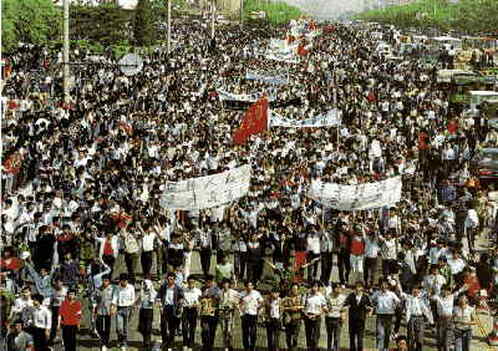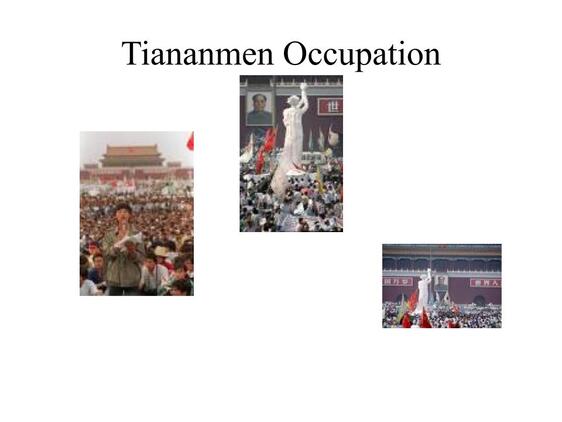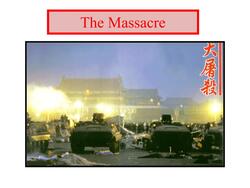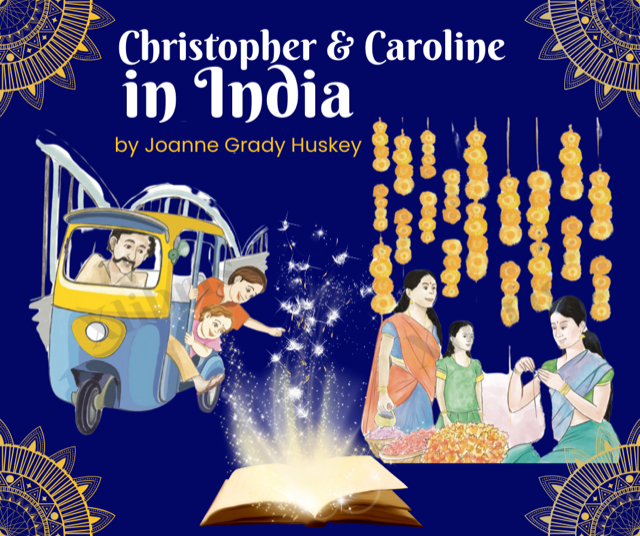|
30 Years After Tiananmen: For the Record---History Must be Told
|
Archives
January 2024
Categories |
© 2021 Joanne Grady Huskey

Christopher & Caroline in India
Written by Joanne Grady Huskey, Illustrated by Shakkeela Manoj and Ratheesh Kumar.
Available on Amazon!
Give the world to the little ones in your life by taking them on a journey to India. Experience the rich cultures, foods, and wonderful traditions through the eyes of my two little children growing up in Madras.
Now available on Amazon Books - Christopher and Caroline in India
Continue the journey to a new continent with Christopher & Caroline in Kenya, also available on Amazon!
Written by Joanne Grady Huskey, Illustrated by Shakkeela Manoj and Ratheesh Kumar.
Available on Amazon!
Give the world to the little ones in your life by taking them on a journey to India. Experience the rich cultures, foods, and wonderful traditions through the eyes of my two little children growing up in Madras.
Now available on Amazon Books - Christopher and Caroline in India
Continue the journey to a new continent with Christopher & Caroline in Kenya, also available on Amazon!




 RSS Feed
RSS Feed
